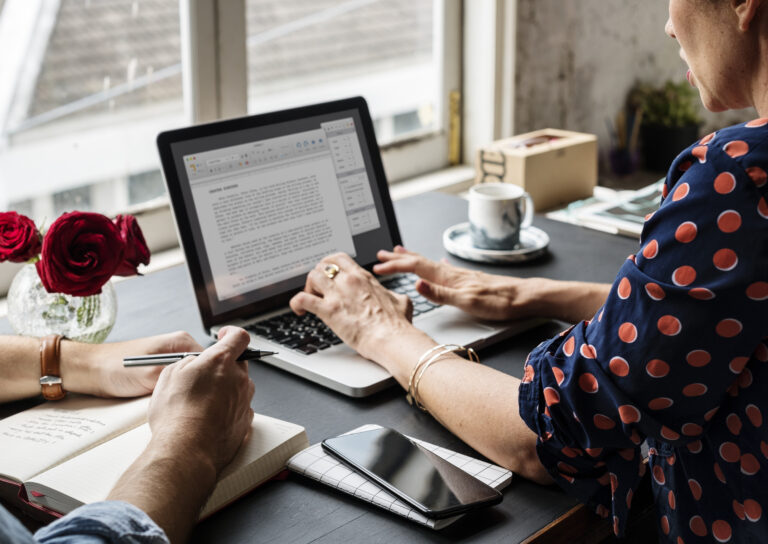How to Professionally Sign-Off an Email

Mastering your email sign-off is critical for leaving a strong impression. It’s akin to the final handshake—making a lasting connection or conveying warmth.
Here’s a concise breakdown!
Importance of Email Sign-Offs
- Credibility & Professionalism: A fitting sign-off ensures your email tone aligns with professionalism, leaving a strong impression.
- Lasting Impression: The sign-off is the last note the recipient reads, making it pivotal for a positive, memorable impact.
- Avoiding Misinterpretation: A clear, professional sign-off mitigates misunderstandings due to the absence of tone in emails.
Sign-Off Tips & Tricks
Best Practices
Conciseness
Simple, universally recognized sign-offs like “Regards” or “Best wishes” can suit most scenarios.
Grammar & Tone
Ensure proper grammar and tone alignment to the context.
Audience & Purpose
Tailor your sign-off to the recipient and the email’s intent.
Popular Sign-Offs
- “Sincerely”: Ideal for formal emails or unfamiliar recipients.
- “Regards”: Versatile, fitting for both formal and informal contexts.
- “Best regards”: Adds warmth professionally.
- “Best wishes”: For personal or congratulatory messages.
- “Cheers”: A casual and friendly option.
- “Many thanks”: Direct and appreciative.
Sign-Offs to Avoid
Informal or Unprofessional Choices
Avoid overly casual phrases like “Catch ya later” or excessive emojis.
Ending with a Question
A clear sign-off is preferable to a question as the ending.
Generic or Cliché Phrases
Steer clear of ambiguous phrases that may be misinterpreted.
Sign-Off Examples
Good:
- “Best regards”: Neutral and warm.
- “Thank you”: Direct and appreciative.
- “Looking forward to your feedback”: Engaging and prompts a response.
Bad:
- “TTYL (Talk To You Later)”: Too casual for professional contexts.
- “Ciao”: Best suited for personal, not professional, emails.
- Nothing at all.
Examples Tailored for Various Audiences
- Clients: Use “Sincerely” or “Best regards” for professionalism.
- Coworkers: “Thanks” or “Best” for a friendly yet professional tone.
- Managers/Executives: Opt for “Regards” or “Thank you” to convey respect.
- Job Recruiters: “Thank you” or “Best” to maintain professionalism.
- Potential Employers: Use “Thank you” or “Looking forward to hearing from you” to express enthusiasm.
Following Up After Sending an Email
- Be Specific: Reference a point from the previous email to continue the conversation.
- Offer Value: Add substance beyond just checking if they received the email.
- Polite & Concise: Respectfully inquire about the previous email without pressuring for an immediate response.
Overall, your email sign-off shapes the lasting impression. Tailor it thoughtfully, considering the context and recipient.

Here’s some more information on professional email sign-offs!
Indeed is a job seeker’s website with job postings from across the world. This article is provides tips for professional email endings, and even provides ending format ideas and written examples.
Grammarly is an online writing editing platform; in their article on emails, they provide their top 10 best – and worst – ways to sign off an email. They also provide additional information on what email endings need to include, with examples.
Forage is an agency that is student-focused, and aims to support students in navigating the workforce and finding an engaging and successful career path. Their article on email sign-offs includes details on tone, phrasing and what’s important to include.
Career Contessa is a women-owned, women-focused agency that aims to help their clients build successful and fulfilling careers. Their article provides some tips on writing the conclusion of your email, and has 80+ different examples to choose from.